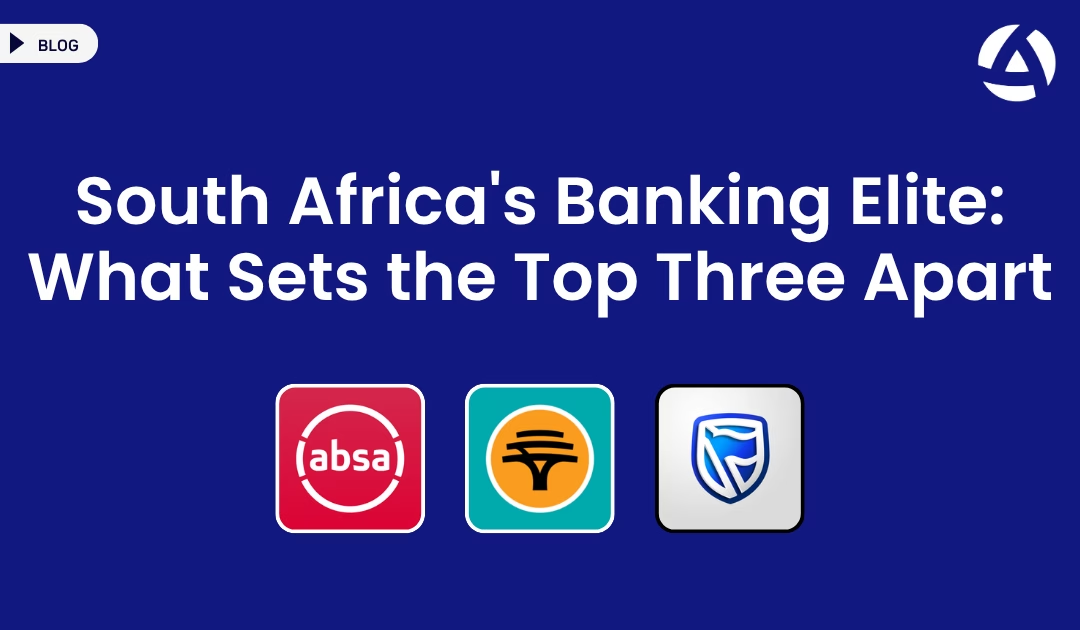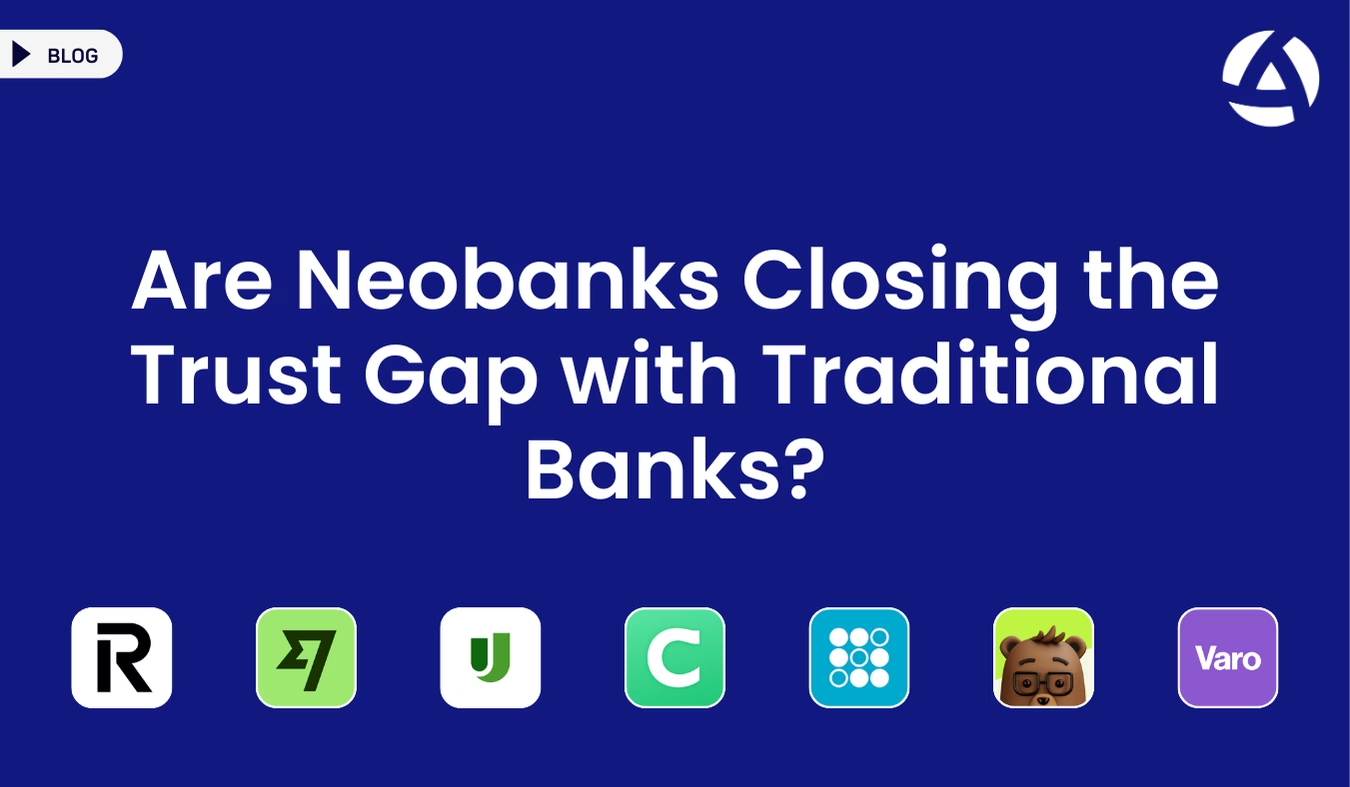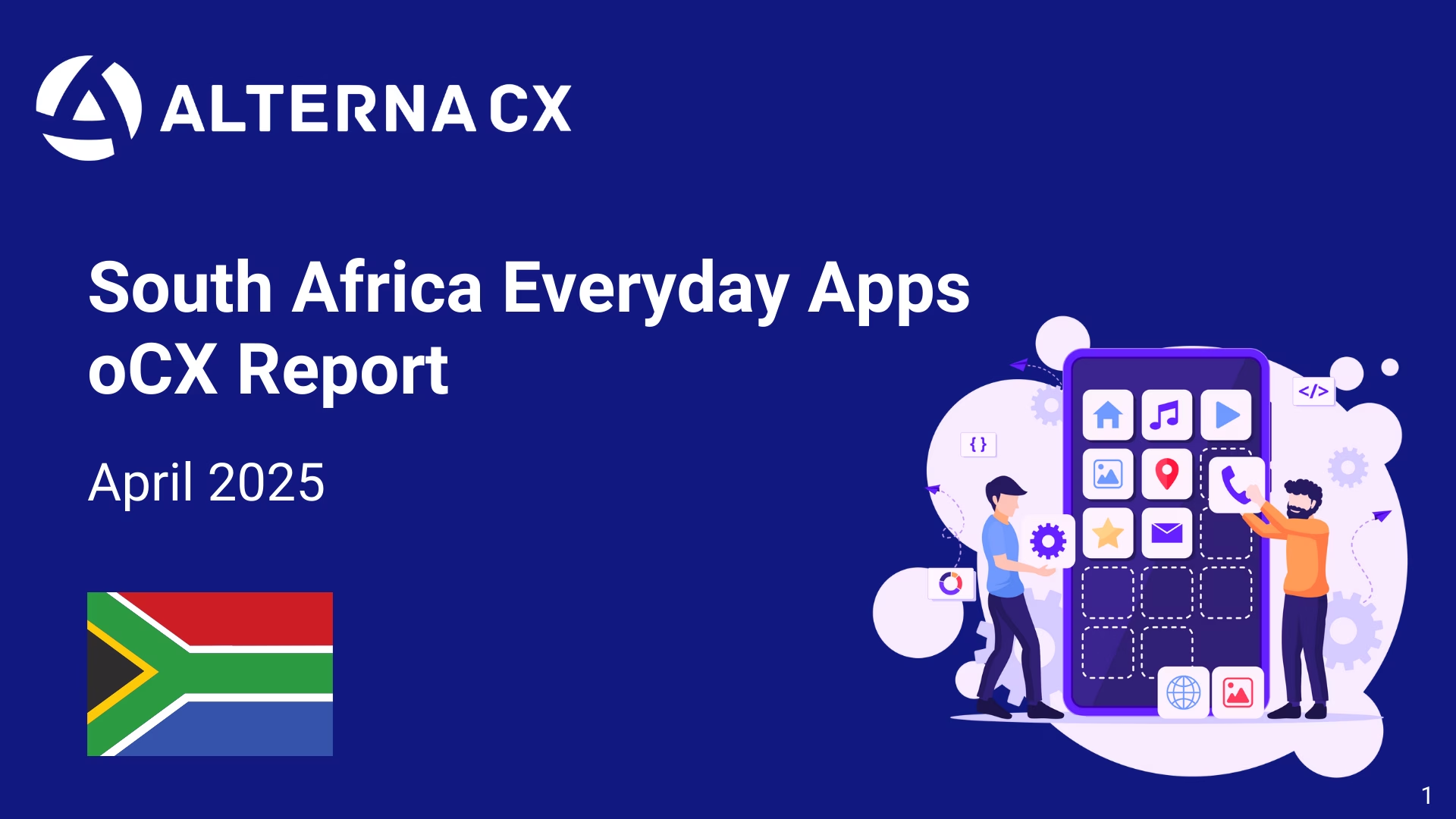In the competitive landscape of South African mobile banking, three institutions have risen above the rest to establish clear digital dominance. The recent South Africa Everyday Apps oCX Report reveals a significant performance gap between the “Big Three”—Absa Bank, FNB Banking, and Standard Bank—and the remaining players in the finance sector.
With average oCX (Observational Customer Experience) scores of 74, 60, and 51 respectively, these three banks aren’t just leading—they’re operating in a different league entirely. But what exactly drives this exceptional performance? The data reveals insights that both customers and competitors should pay close attention to.
The Numbers Don’t Lie: A Clear Tier System
The overall sentiment analysis paints a clear picture of the Big Three’s collective dominance:
- Top 3 Banks: 76% positive sentiment, 11% neutral, only 13% negative
- Rest of Finance Sector: 56% positive sentiment, 19% neutral, 25% negative
This stark contrast represents a 20-percentage point advantage in positive sentiment and nearly half the negative sentiment rate. When three-quarters of users express positive sentiments about the leading banks while barely half feel similarly about others, we’re witnessing not just better execution but a fundamentally different approach to digital banking.
The oCX score gap tells an even more dramatic story—the Big Three average significantly higher scores while the rest of the sector manages only an average oCX of 34, creating a performance chasm that extends far beyond incremental differences.
Service Continuity: The Foundation of Trust
Perhaps nowhere is the Big Three’s advantage more pronounced than in service continuity—the most discussed topic across all finance apps, representing 37% of all reviews in the sector:
- Top 3 Banks: 85% positive sentiment for service continuity, with only 9% negative
- Rest of Finance Sector: 72% positive sentiment, 20% negative, 8% neutral
This 13-percentage point advantage in positive sentiment and dramatically lower negative sentiment reveals the Big Three’s mastery of the fundamental banking principle that systems must work consistently and reliably. More concerning for competitors is the substantially higher negative sentiment rate—at 20% versus 9%—indicating that one in five users of other finance apps experiences reliability issues significant enough to warrant negative feedback.
The report specifically highlights how the finance sector experienced its lowest oCX scores in August 2024, when “users reported issues following updates, including inability to open or log into the apps, error messages about device security, and apps crashing or freezing.” The Big Three’s superior service continuity metrics suggest they were far better equipped to weather this crisis.
App Usability: Banking Made Accessible
The usability metrics reveal perhaps the most dramatic gap between the Big Three and their competitors:
- Top 3 Banks: 76% positive sentiment for app usability, 12% neutral, 12% negative
- Rest of Finance Sector: 52% positive sentiment, 22% neutral, 26% negative
This staggering 24-percentage point advantage in positive sentiment—coupled with more than double the negative sentiment rate among competitors (26% vs 12%)—demonstrates a fundamental difference in user experience design capabilities.
The data reveals that more than one in four users of competing finance apps struggle with basic usability, while the Big Three have managed to create interfaces that satisfy three-quarters of their users. This isn’t just a minor competitive advantage—it’s a completely different class of digital product.
Transaction Variety: Comprehensive Digital Banking
The third pillar reveals an even more pronounced gap:
- Top 3 Banks: 70% positive sentiment for variety of transaction types, 18% neutral, 12% negative
- Rest of Finance Sector: 48% positive sentiment, 28% neutral, 24% negative
This 22-percentage point advantage in positive sentiment, combined with double the negative sentiment rate among competitors (24% vs 12%), speaks to the Big Three’s comprehensive approach to digital banking. The high neutral sentiment among competitors (28%) suggests many users haven’t fully explored available features—possibly because basic usability issues prevent deeper engagement.
Most telling is that nearly one in four users of competing apps express negative sentiment about transaction variety, compared to just over one in ten for the Big Three. This suggests fundamental limitations in both the breadth and execution of digital banking features.
The Trust Consistency Factor
One of the most revealing insights from the report comes from examining trust scores over time. The data shows that “trust scores for Absa Bank, FNB Banking, and Standard Bank remained above 86 throughout the past year, significantly outperforming the rest of the finance apps.”
This consistency during a year that saw significant volatility in the finance sector—particularly during the August 2024 update crisis—demonstrates the Big Three’s superior approach to platform management and customer communication. While other banks experienced dramatic trust score fluctuations, these leaders maintained stable, high-trust relationships with their users.
(Absa, FNB, Standard Bank)
The Compounding Disadvantage for Others
What makes the competitive landscape particularly challenging for smaller players is how these disadvantages compound. A user experiencing unreliable service continuity (20% negative sentiment) through a difficult interface (26% negative sentiment) with limited transaction options (24% negative sentiment) faces a fundamentally broken banking experience.
This creates a destructive cycle for competitors:
- Poor usability drives users away from digital channels
- Limited digital adoption reduces familiarity and comfort
- Lower engagement limits discovery of available features
- Poor experiences damage overall brand trust
- Weakened trust makes customers more susceptible to competitive offers
The Business Impact of Digital Excellence
For the Big Three, this digital leadership translates to substantial competitive advantages:
- Dramatically reduced operational costs: With significantly lower negative sentiment across all key metrics, these banks likely experience substantially reduced call center volume and branch visits for digital issues
- Higher digital adoption rates: Positive experiences drive users to migrate more banking activities to digital channels
- Cross-selling opportunities: Users comfortable with the app are more likely to explore additional banking products
- Customer retention: Superior digital experience creates switching barriers that protect against competitive offers
- Brand differentiation: In an increasingly commoditized industry, digital experience becomes the primary differentiator
The Challenge for Others: Beyond Incremental Improvement
For the remaining players in the finance sector, the Big Three’s performance establishes both a benchmark and a formidable challenge. The gap between leaders and followers—76% vs 56% positive sentiment overall, and average oCX scores in the 60s versus 34—represents more than a statistical difference; it reflects fundamentally different capabilities in digital banking execution.
Particularly concerning for smaller players is the consistency of their disadvantages across all measured categories. This isn’t a single area of weakness that could be addressed through focused improvement—it’s systematic underperformance that suggests deeper organizational and technological challenges.
The Path Forward: Transformation Required
For competing finance apps, closing this gap will require more than incremental improvements. With competitors showing 26% negative sentiment on app usability compared to the Big Three’s 12%, and 24% negative sentiment on transaction variety versus 12%, the challenge extends beyond feature additions to fundamental platform rebuilding.
The August 2024 crisis, where problematic updates caused widespread disruption across many banking apps while the Big Three maintained stability, illustrates that success in digital banking requires not just better features but better foundational capabilities in platform management, quality assurance, and user experience design.
Conclusion: Digital Banking’s New Reality
The dominance of Absa Bank, FNB Banking, and Standard Bank in South Africa’s digital banking landscape demonstrates that exceptional mobile banking experiences aren’t accidents—they’re the result of sustained investment in the right priorities and disciplined execution over time.
By maintaining focus on the fundamentals that matter most to banking customers—reliability, usability, and comprehensive service—while executing consistently at scale, these three institutions have created digital experiences that don’t just lead their category but establish new standards for what mobile banking can be.
For customers, the message is clear: the gap between the best and rest in digital banking is substantial and growing. With the Big Three achieving 76% positive sentiment while others manage only 56%, and oCX scores averaging in the 60s versus 34, the choice of banking partner significantly impacts daily digital experience.
For competitors, the challenge is equally clear: competing in today’s digital banking landscape requires not just technical competence but systematic excellence across every aspect of the customer experience. The Big Three have shown what digital banking excellence looks like—and they’ve set a standard that will define the industry for years to come.
If you have any feedbacks or questions about the analysis, feel free to contact us here.




